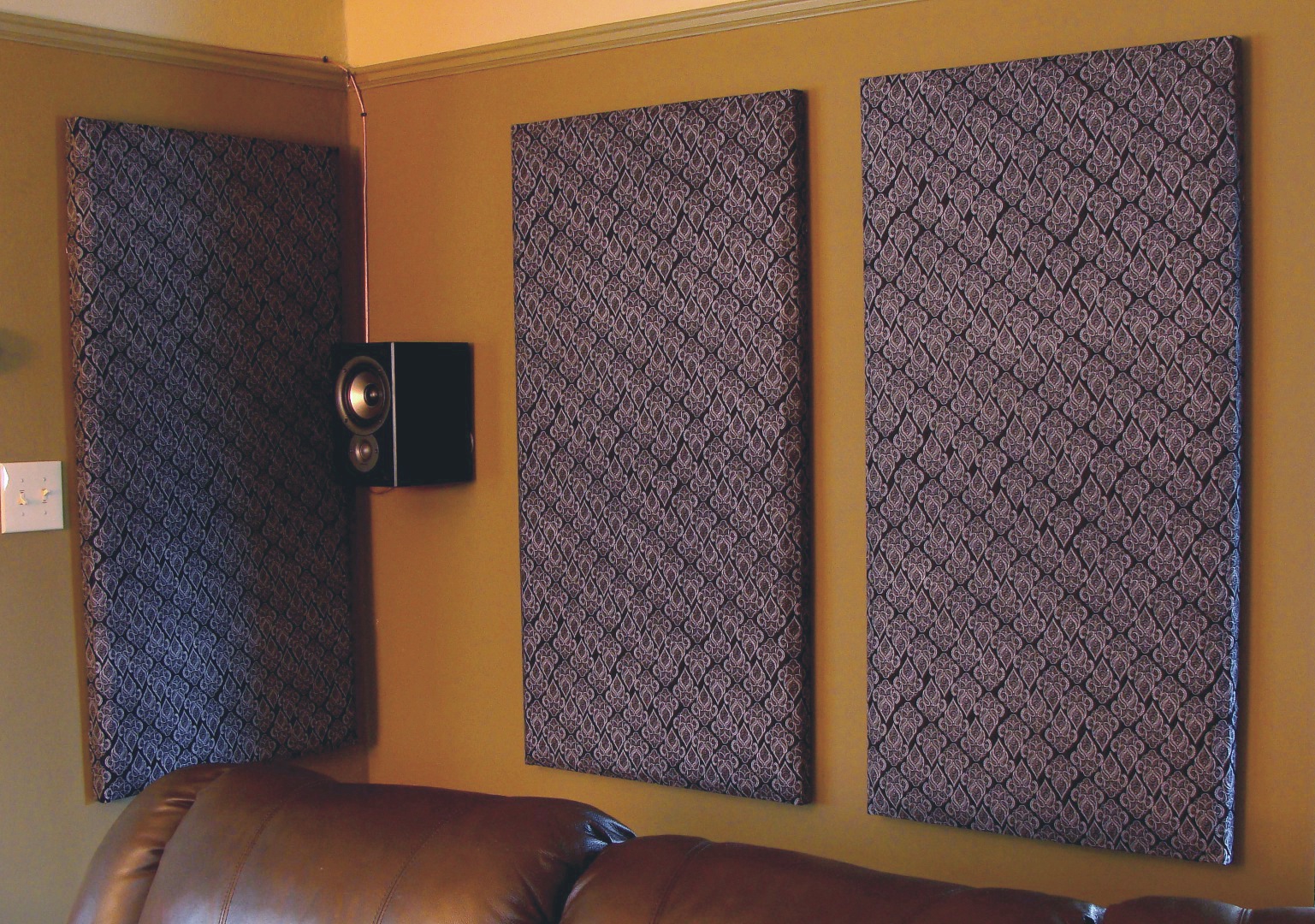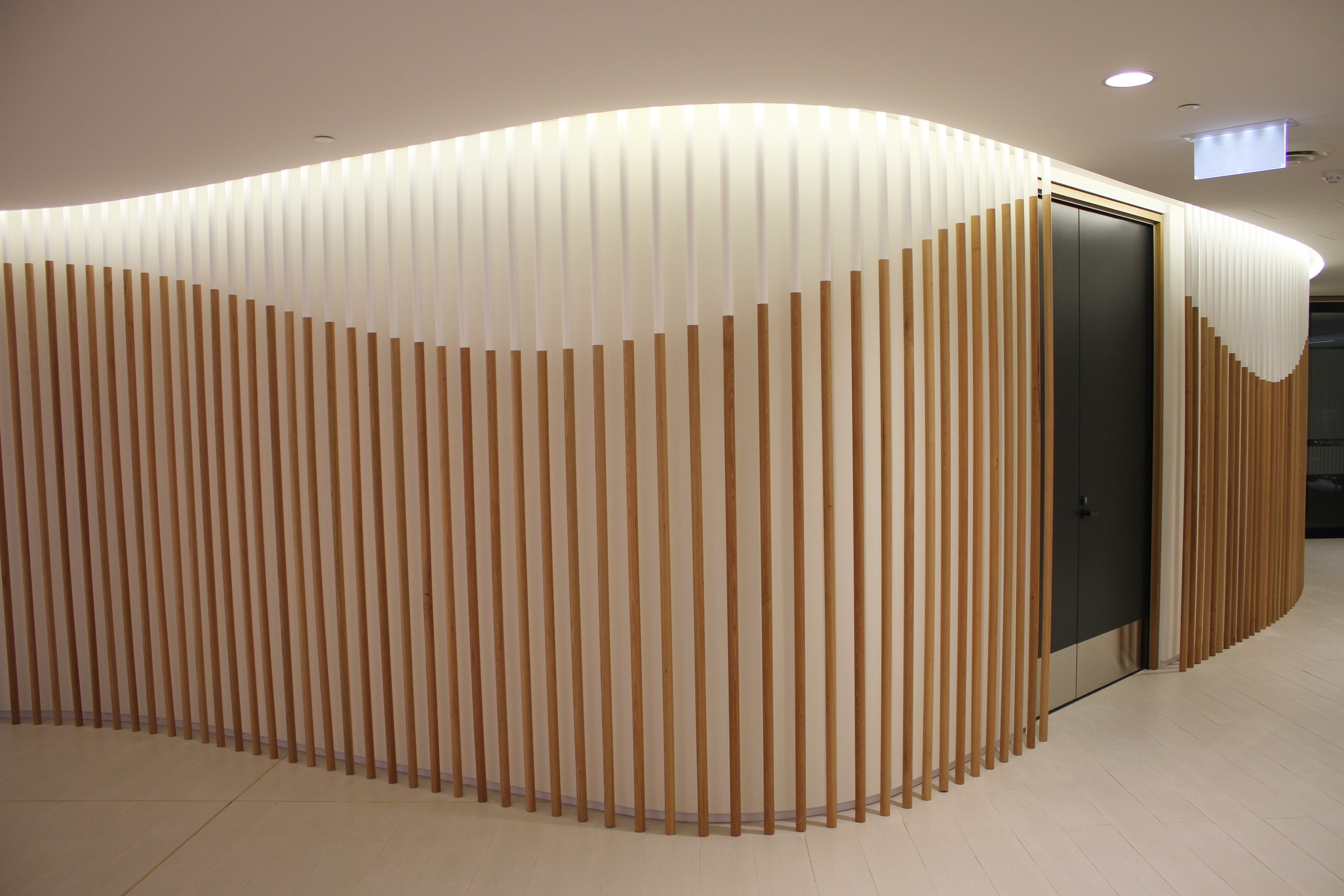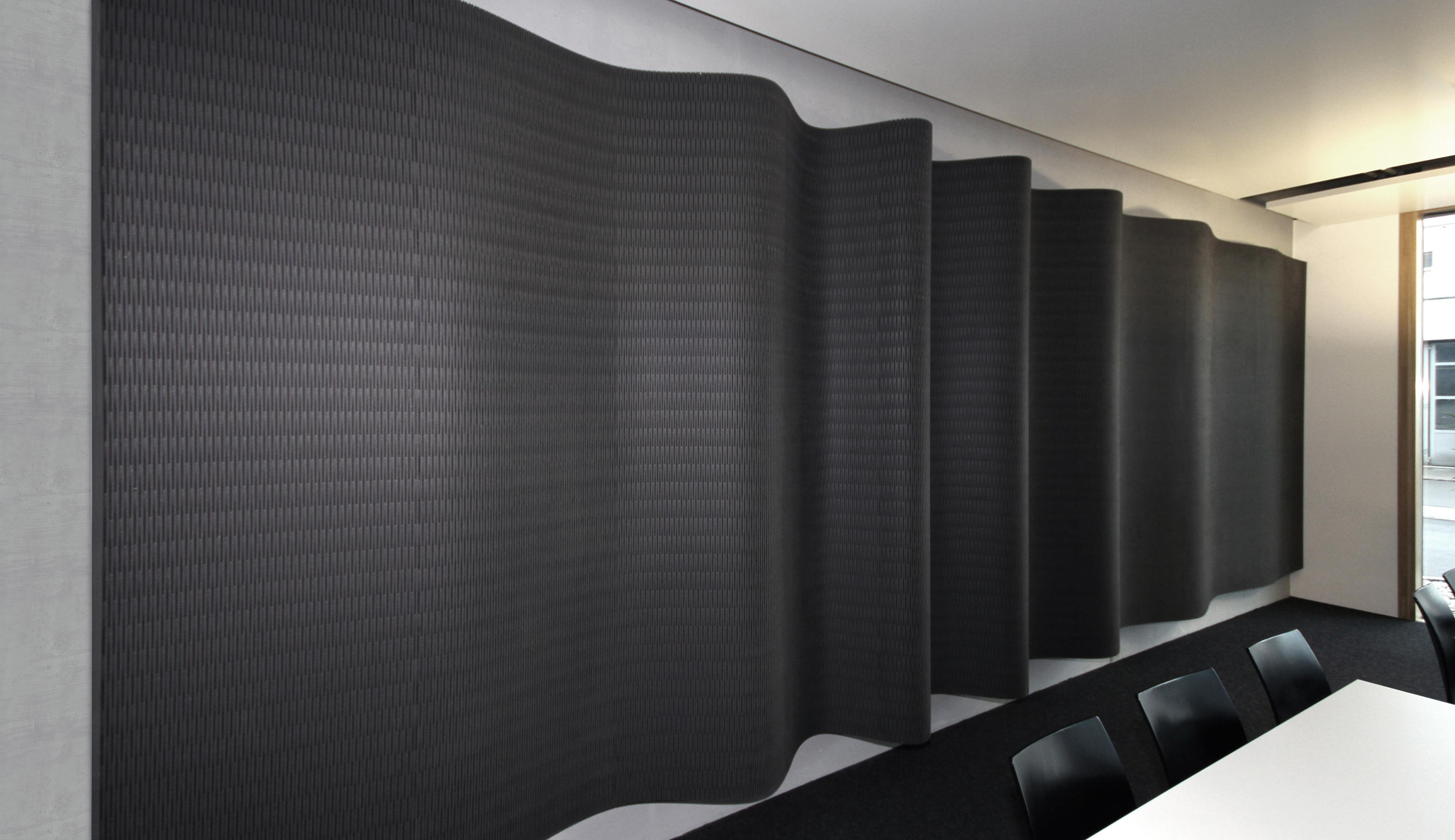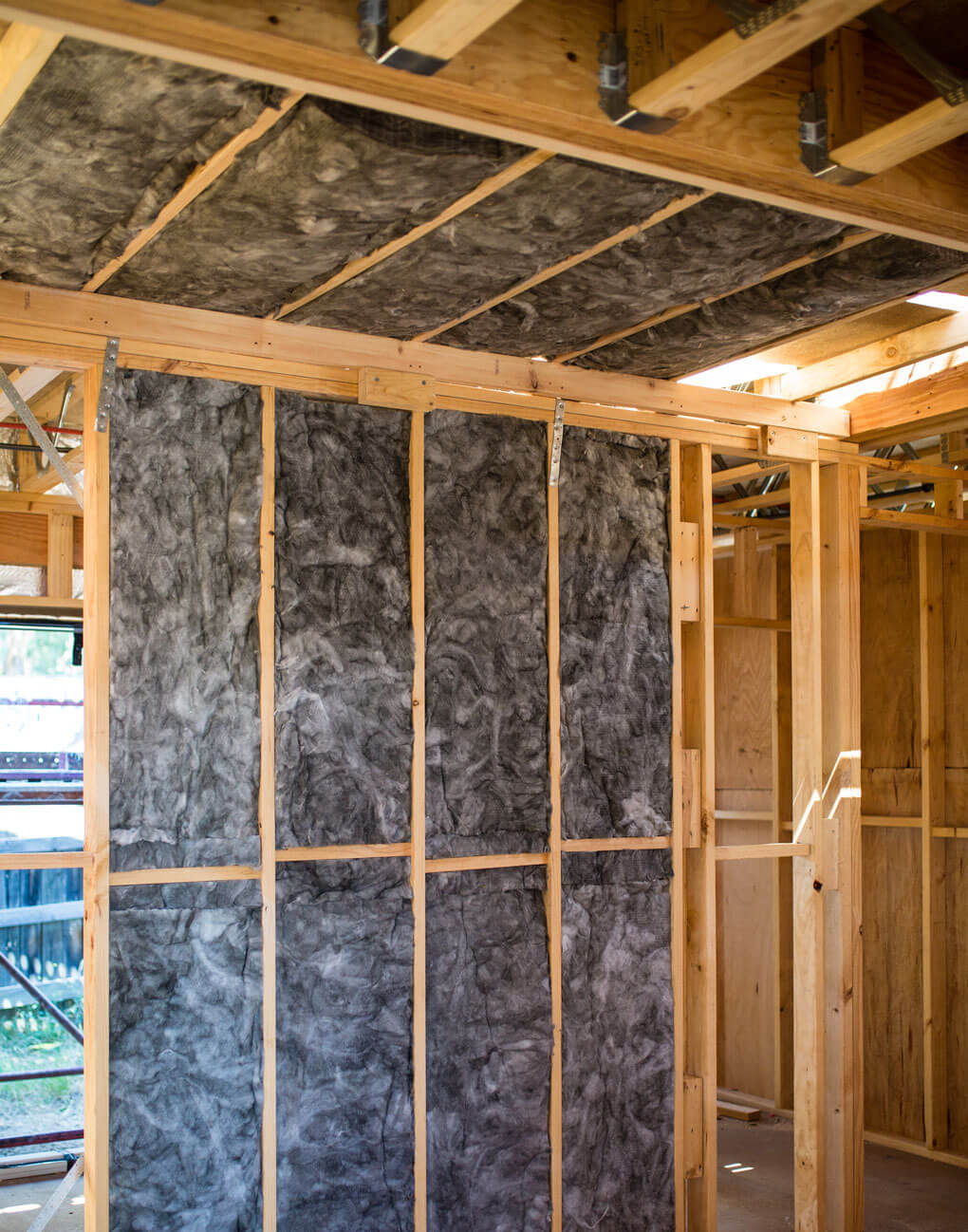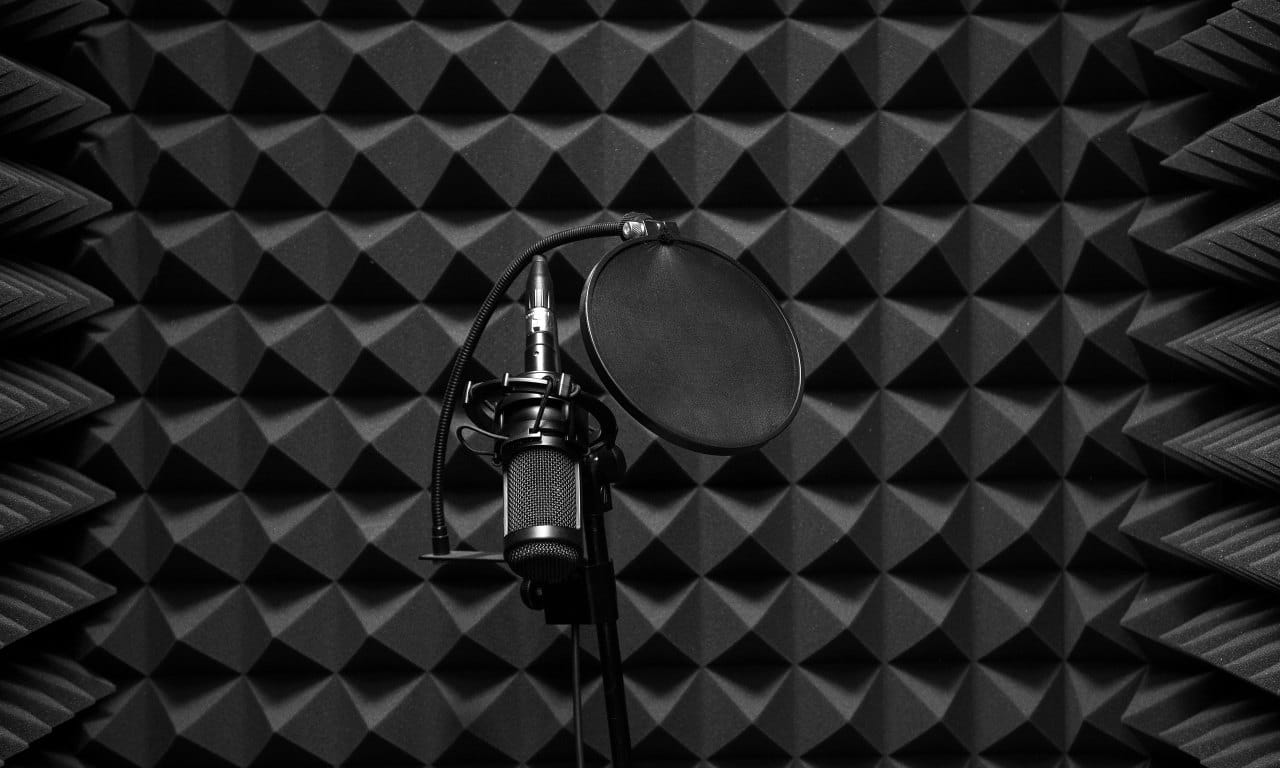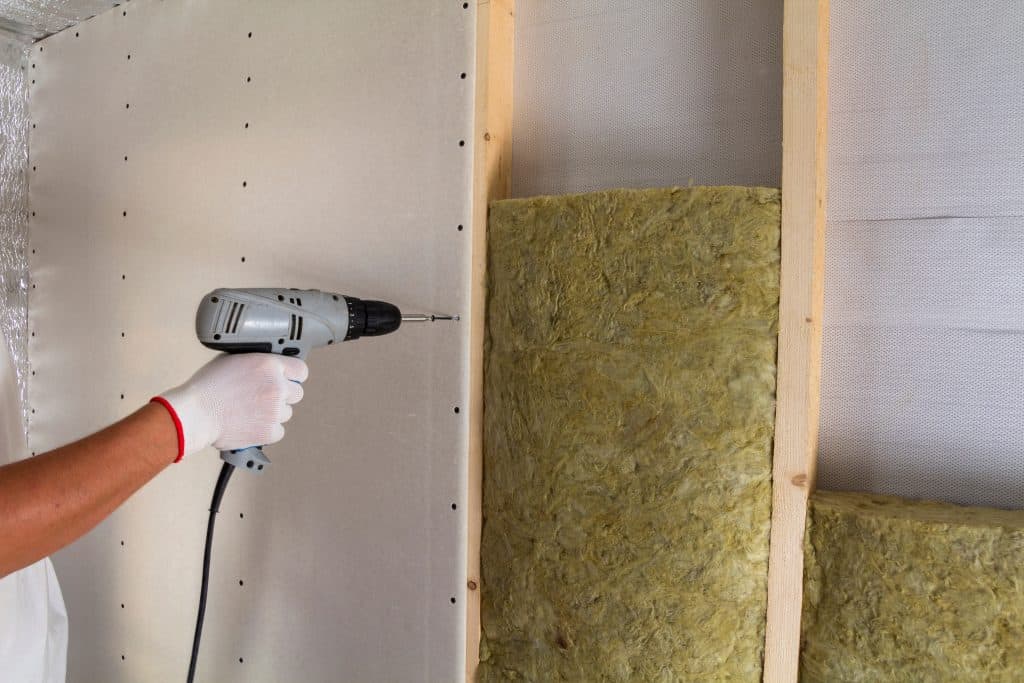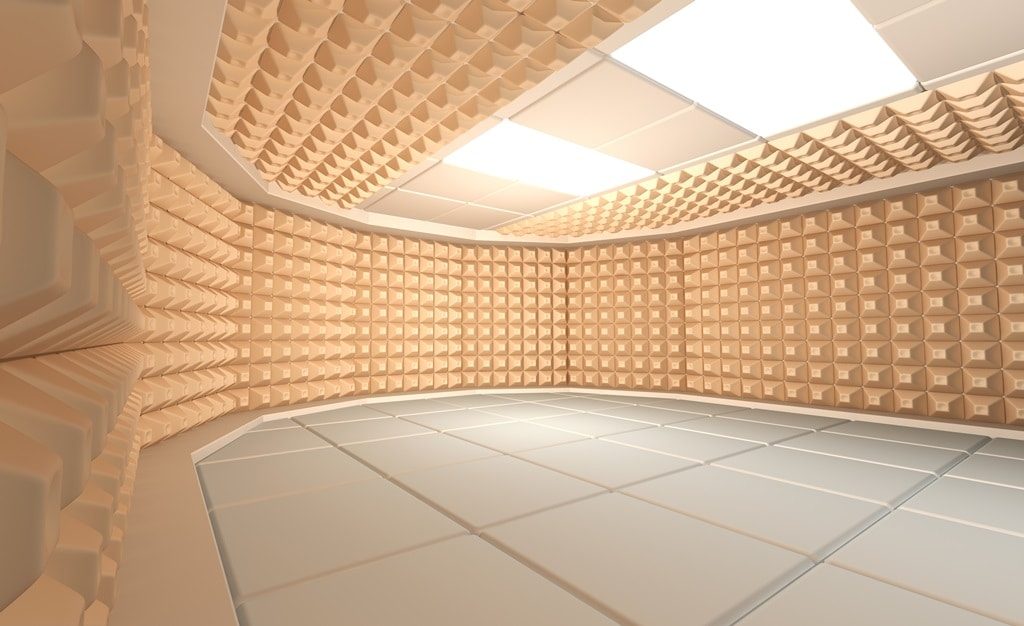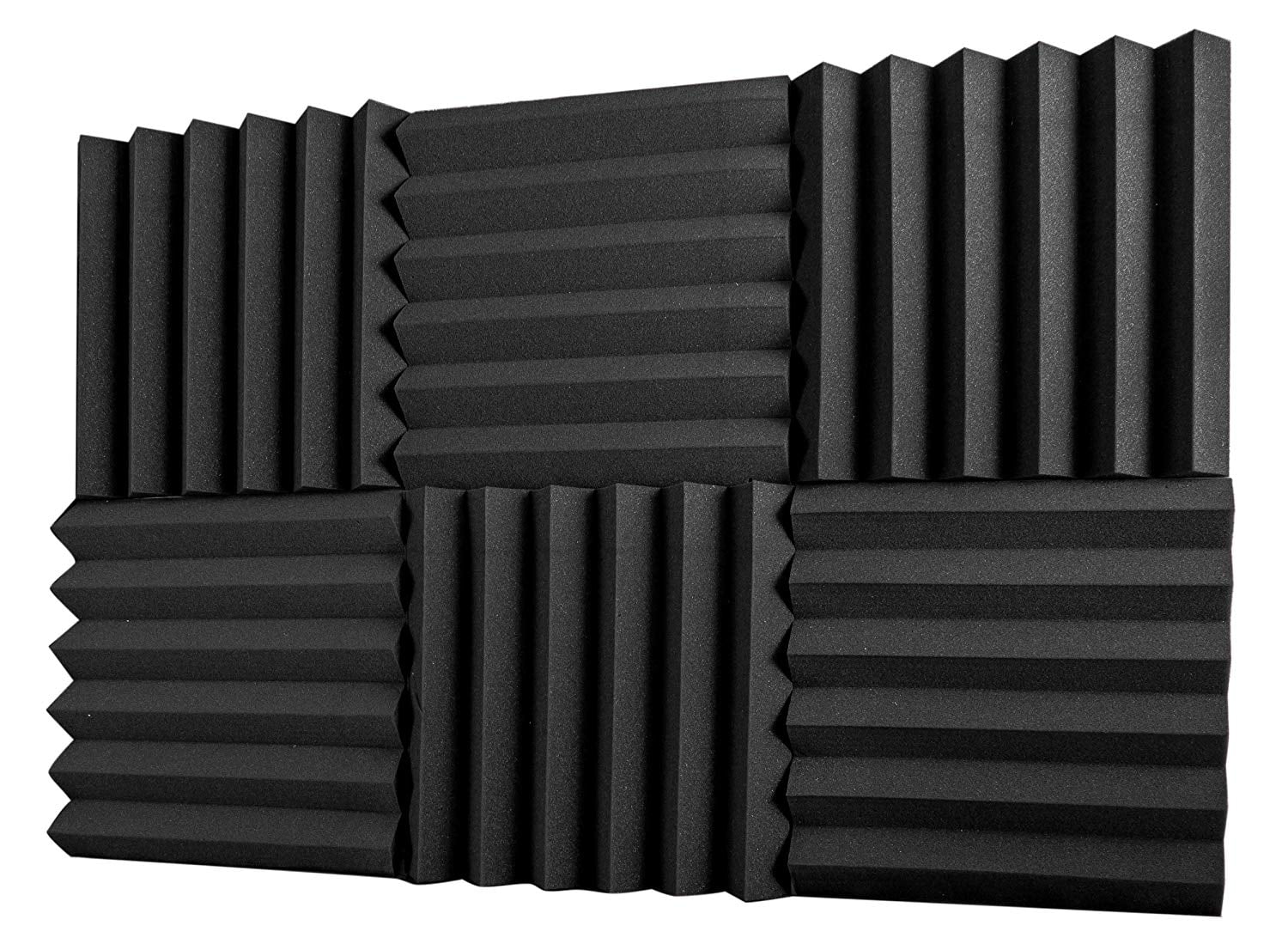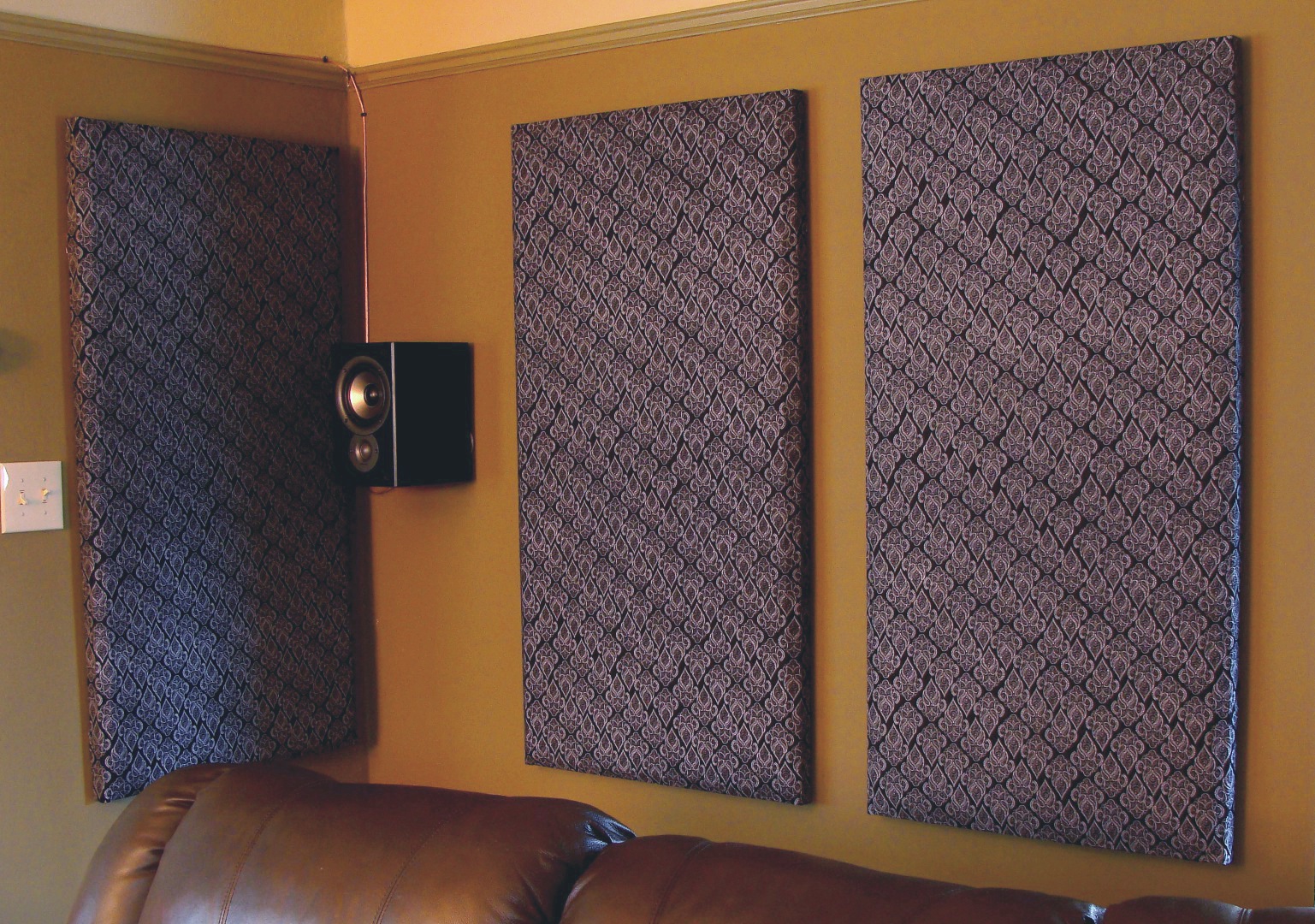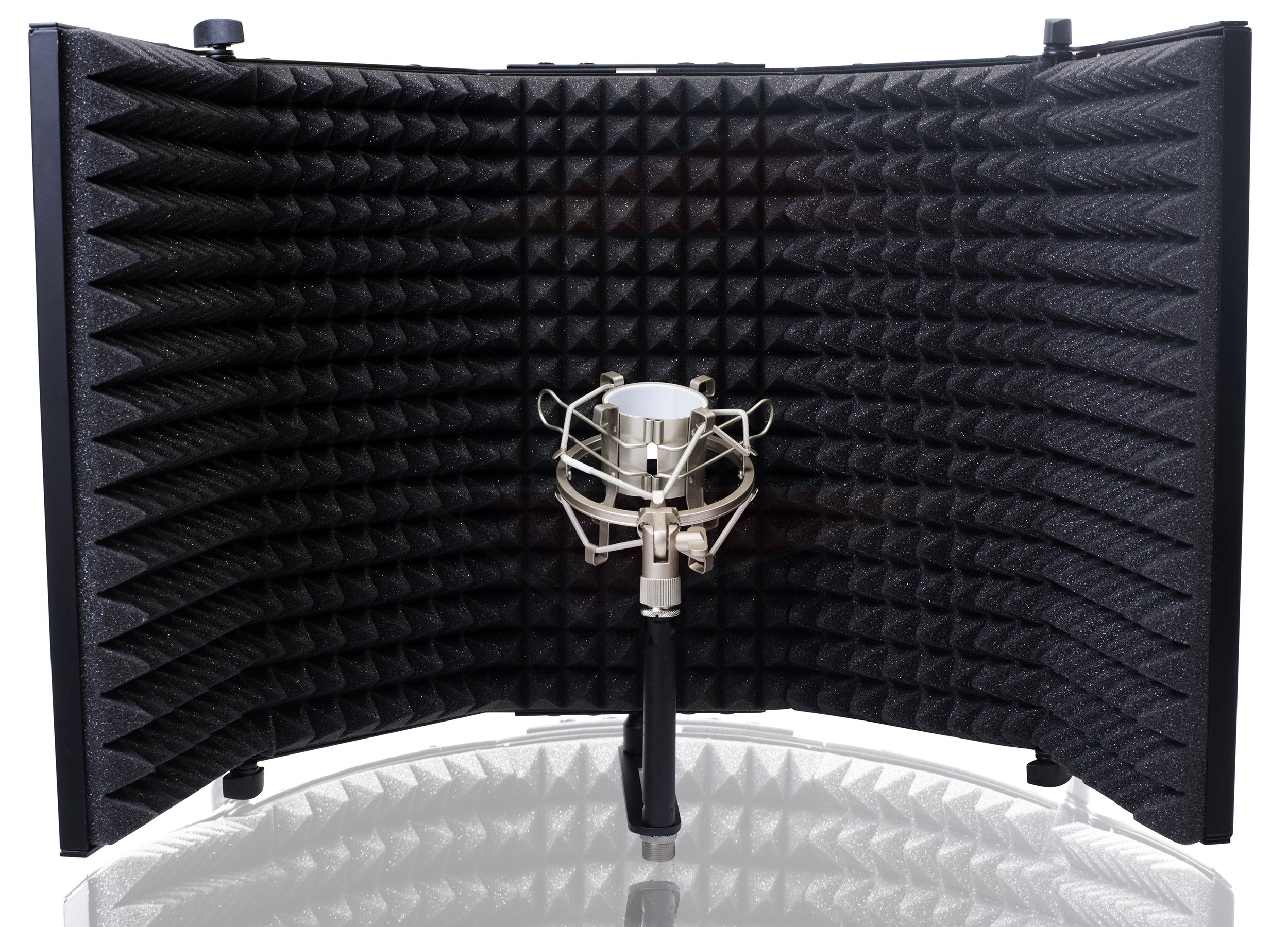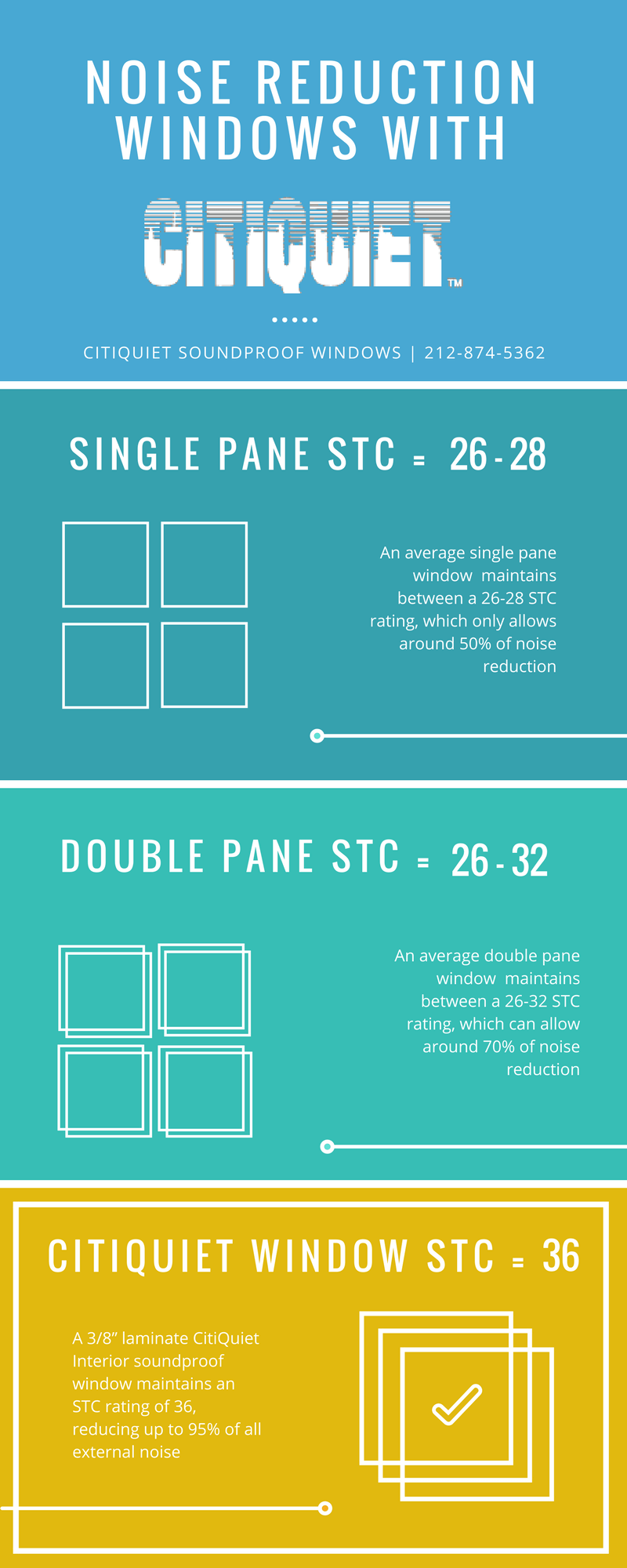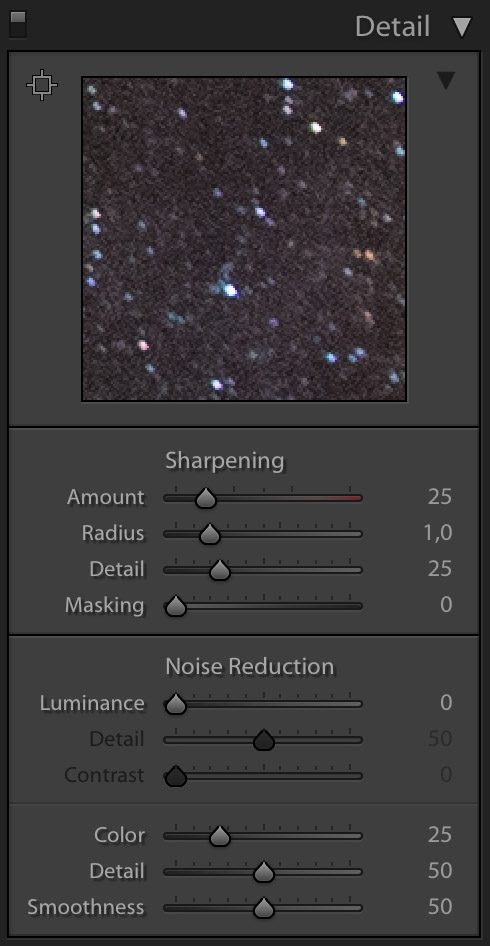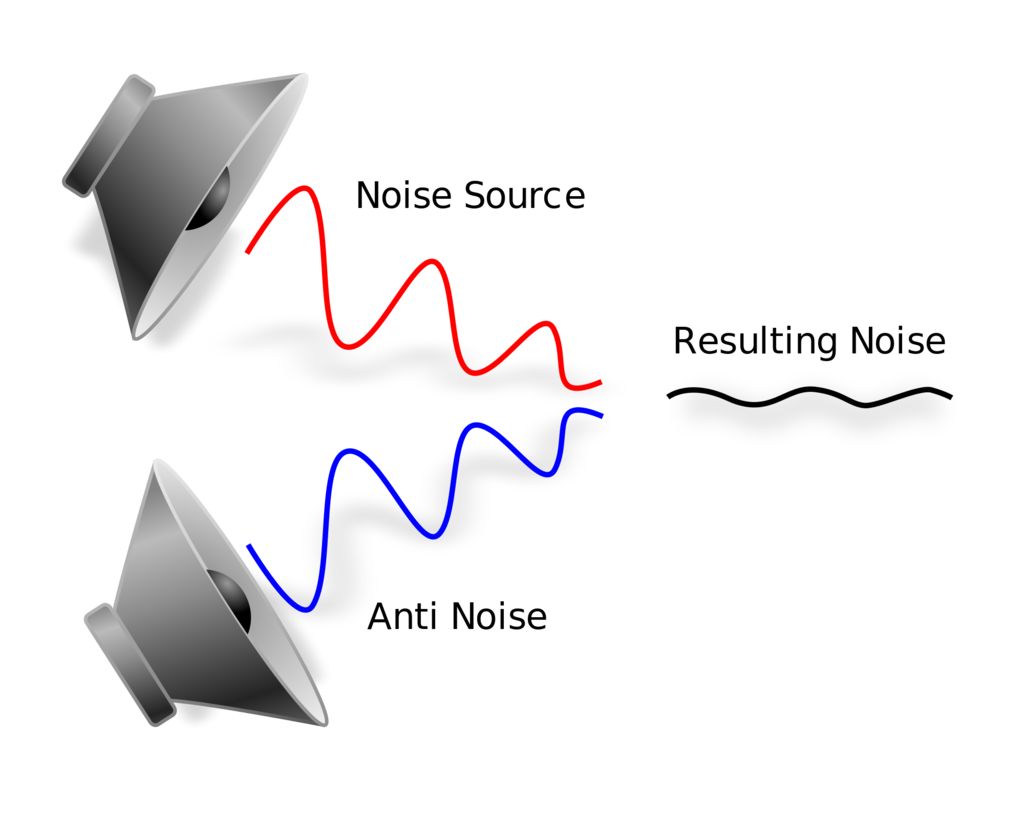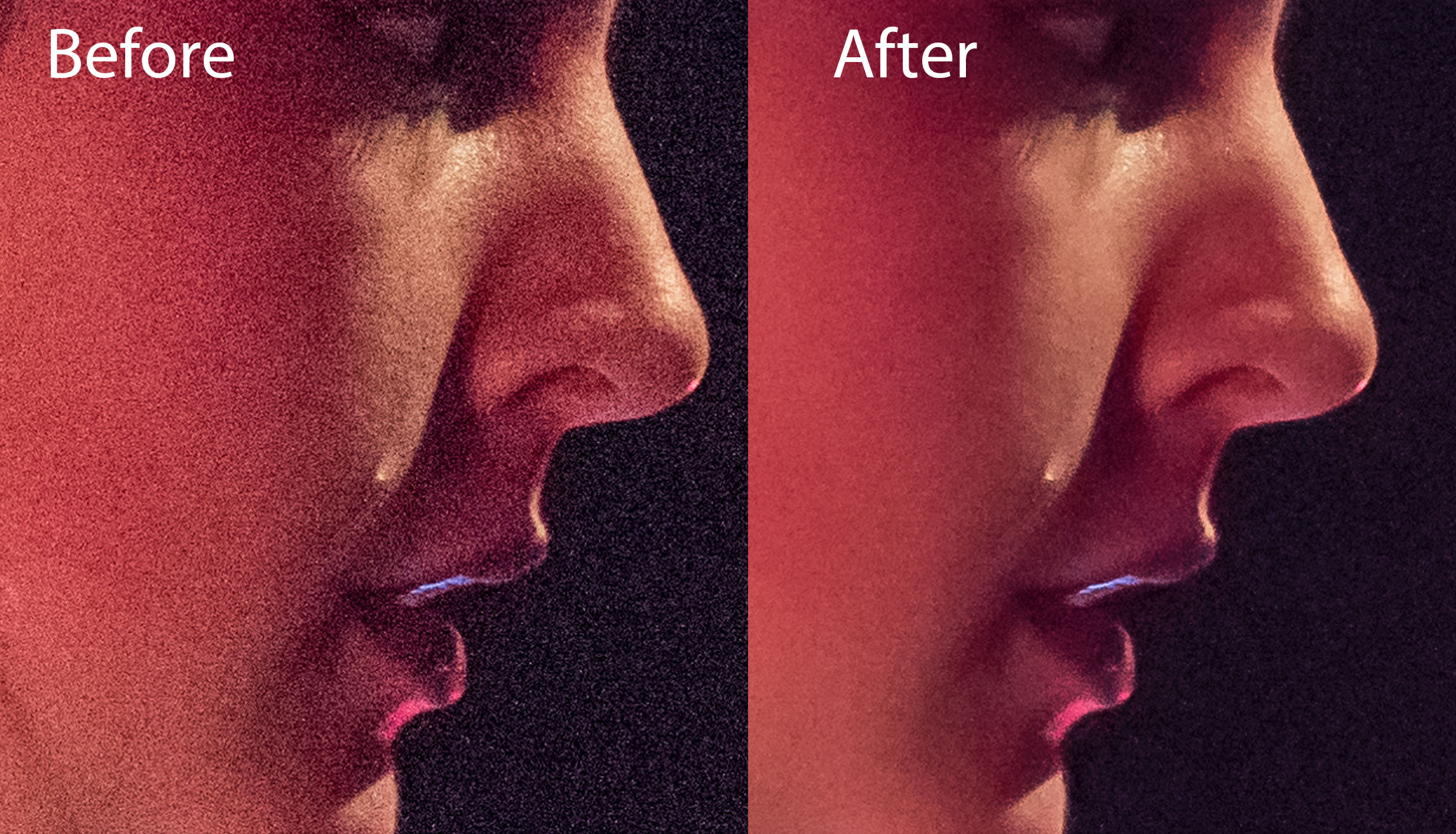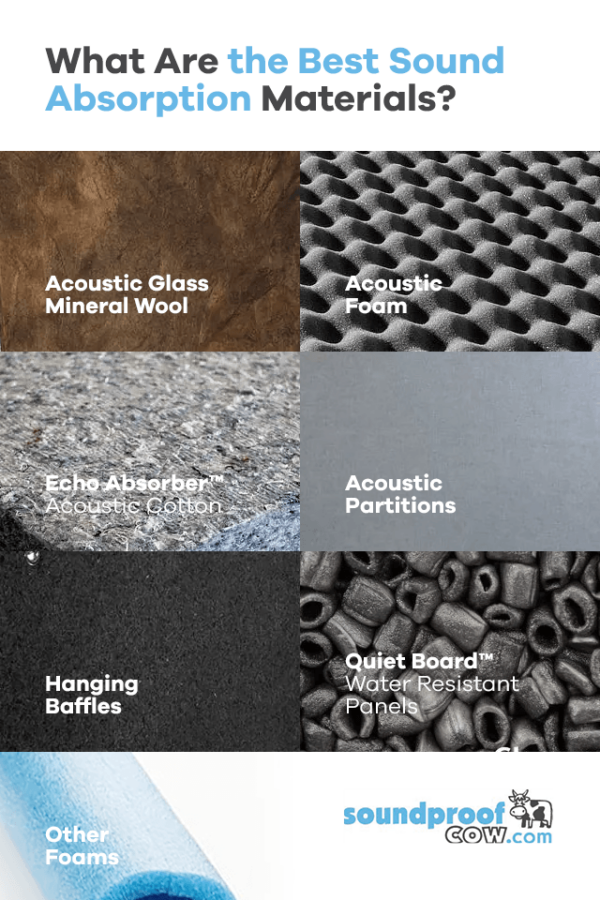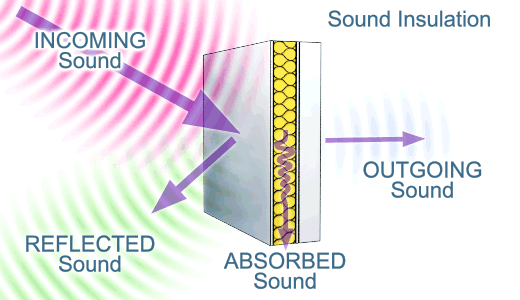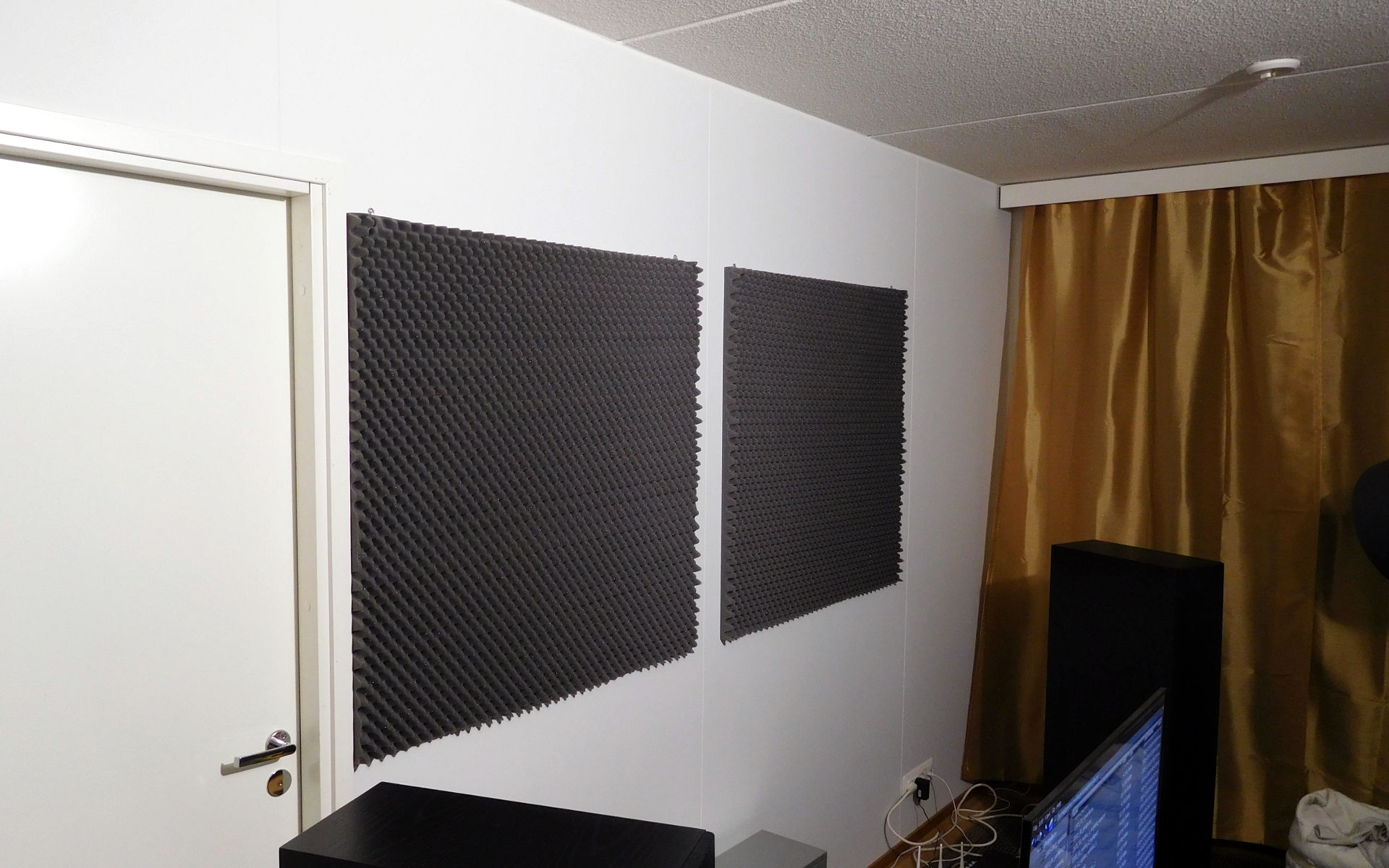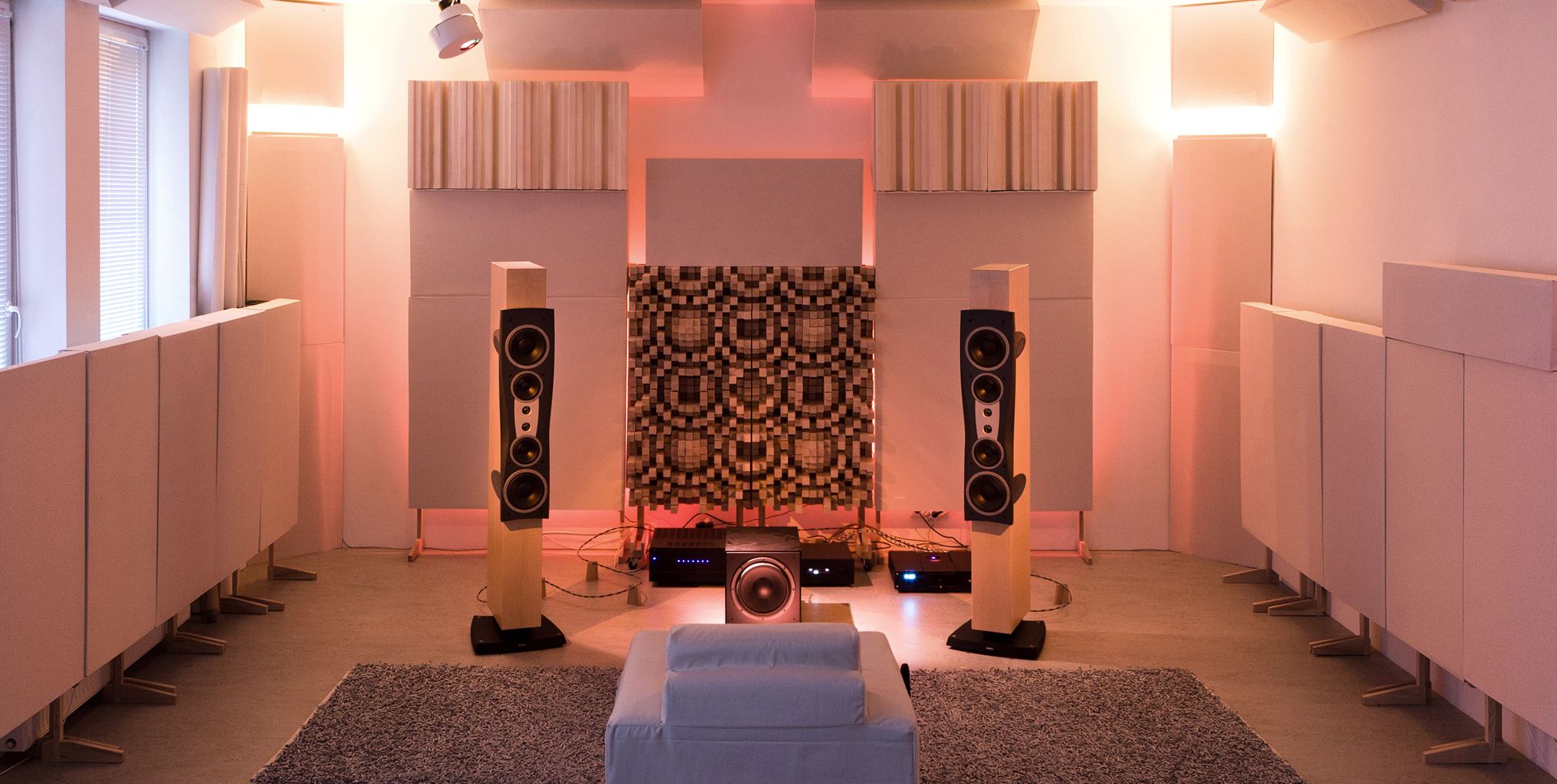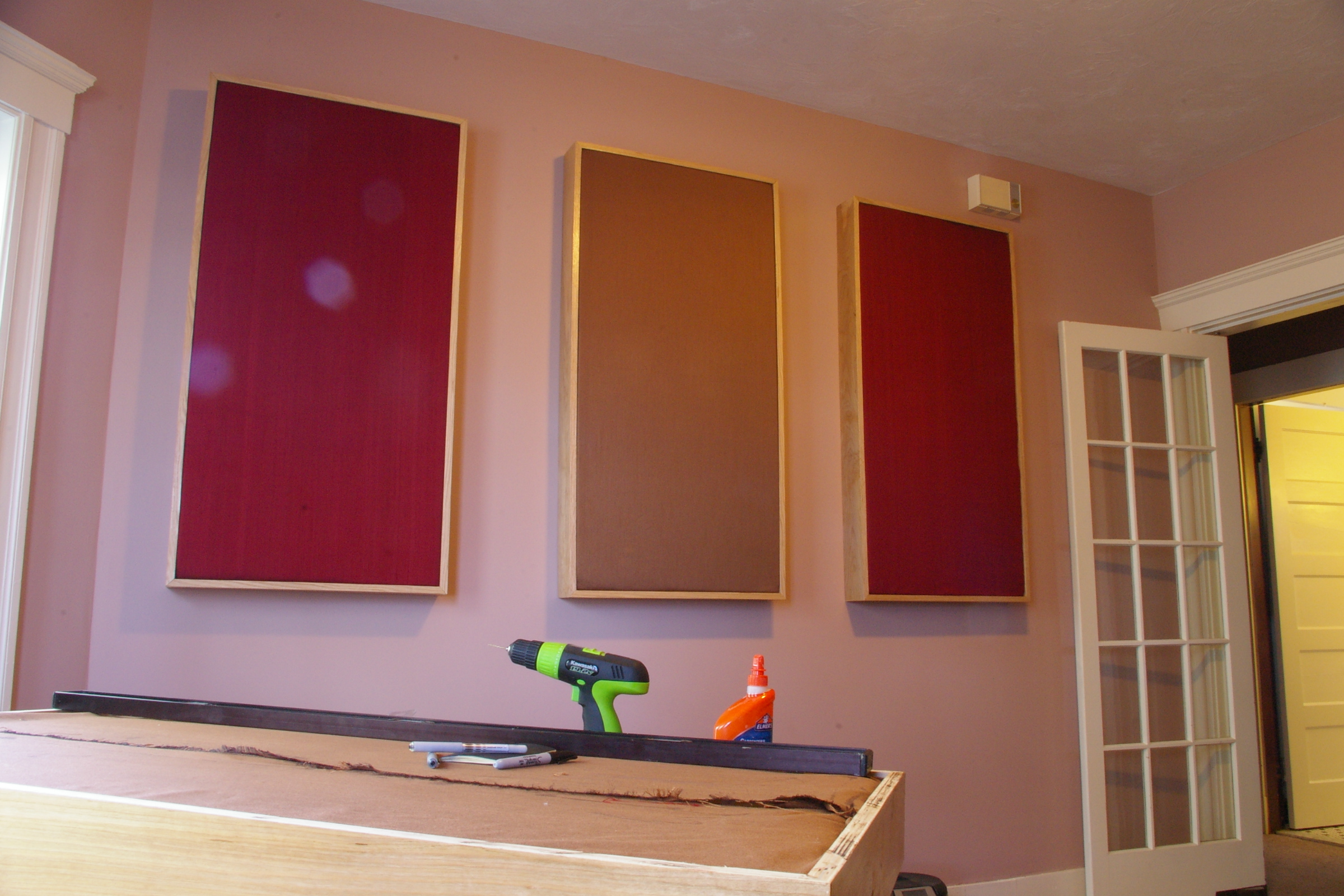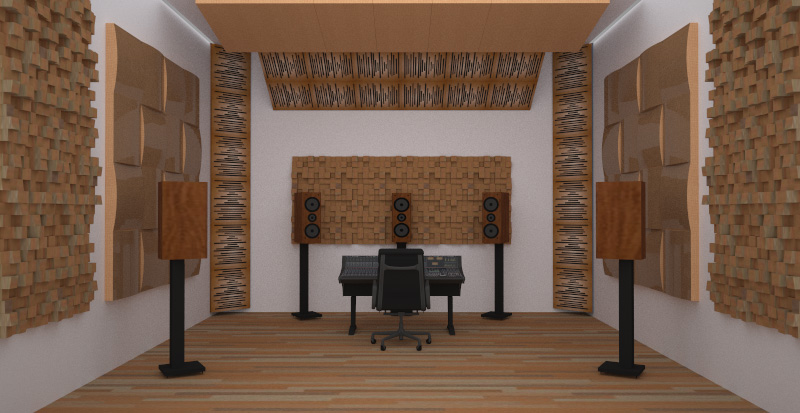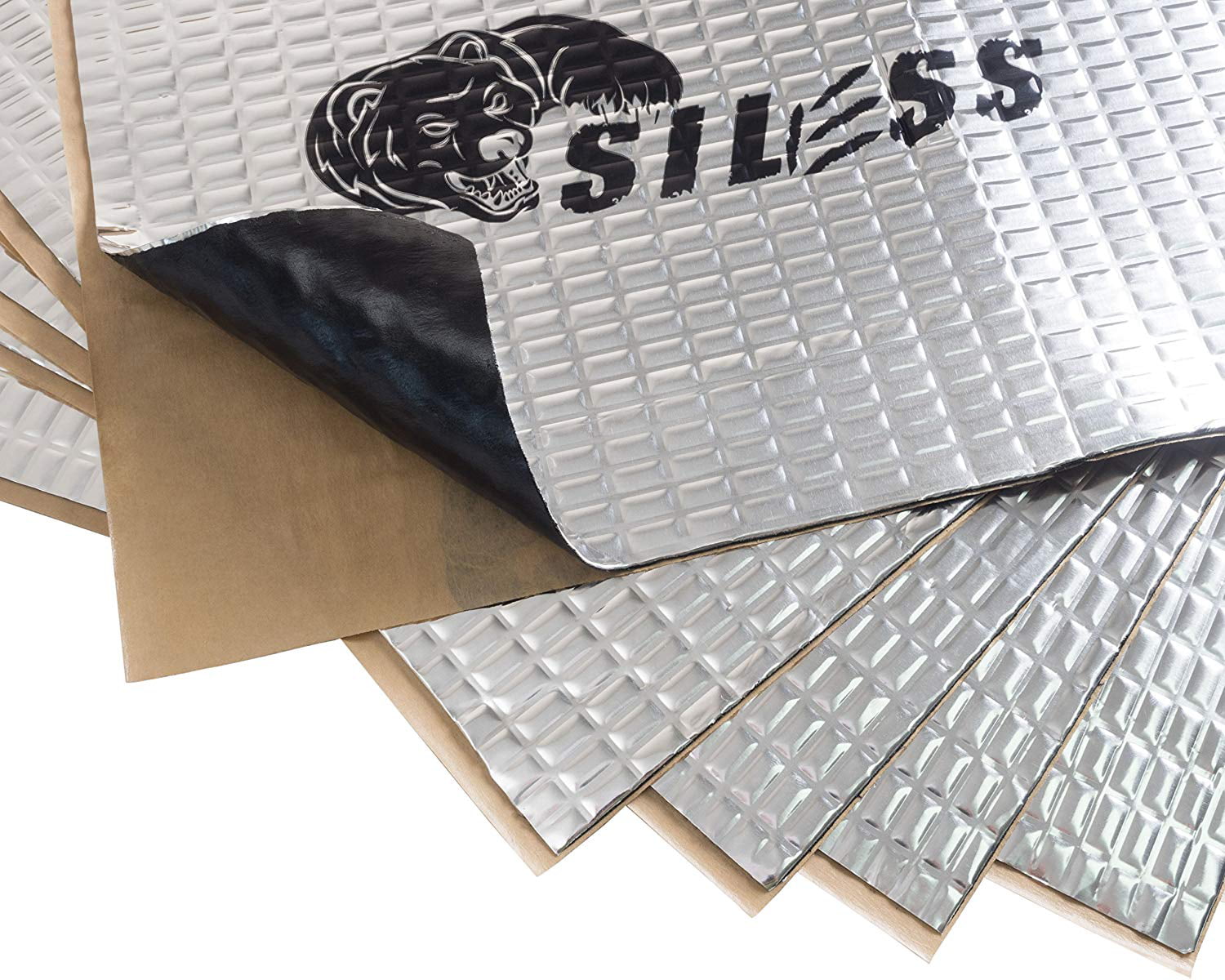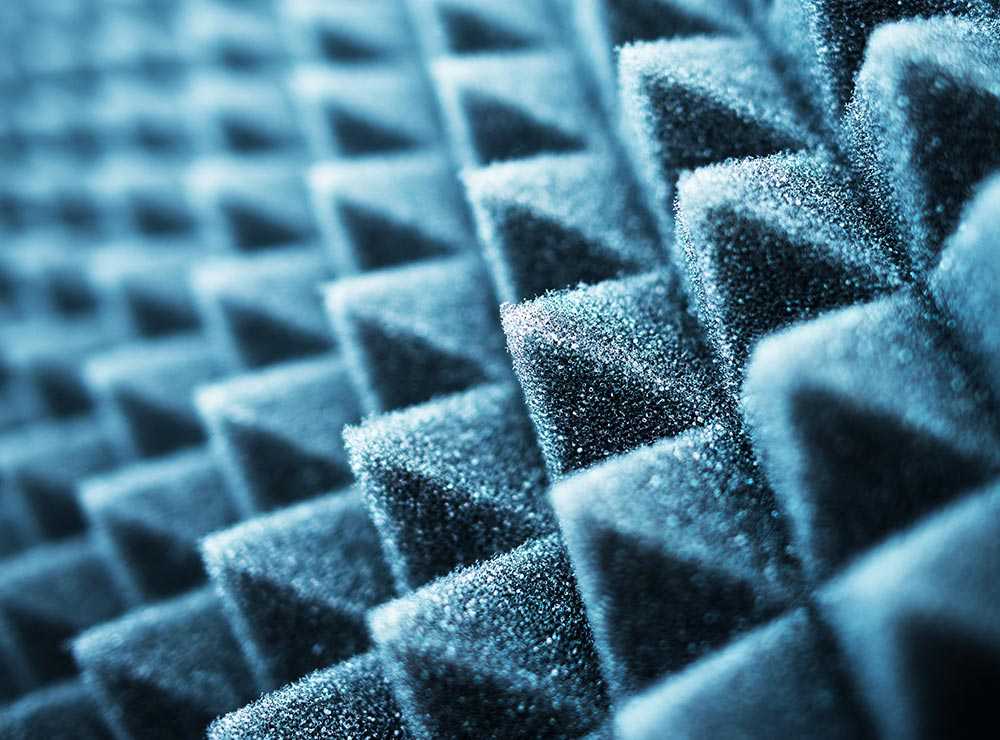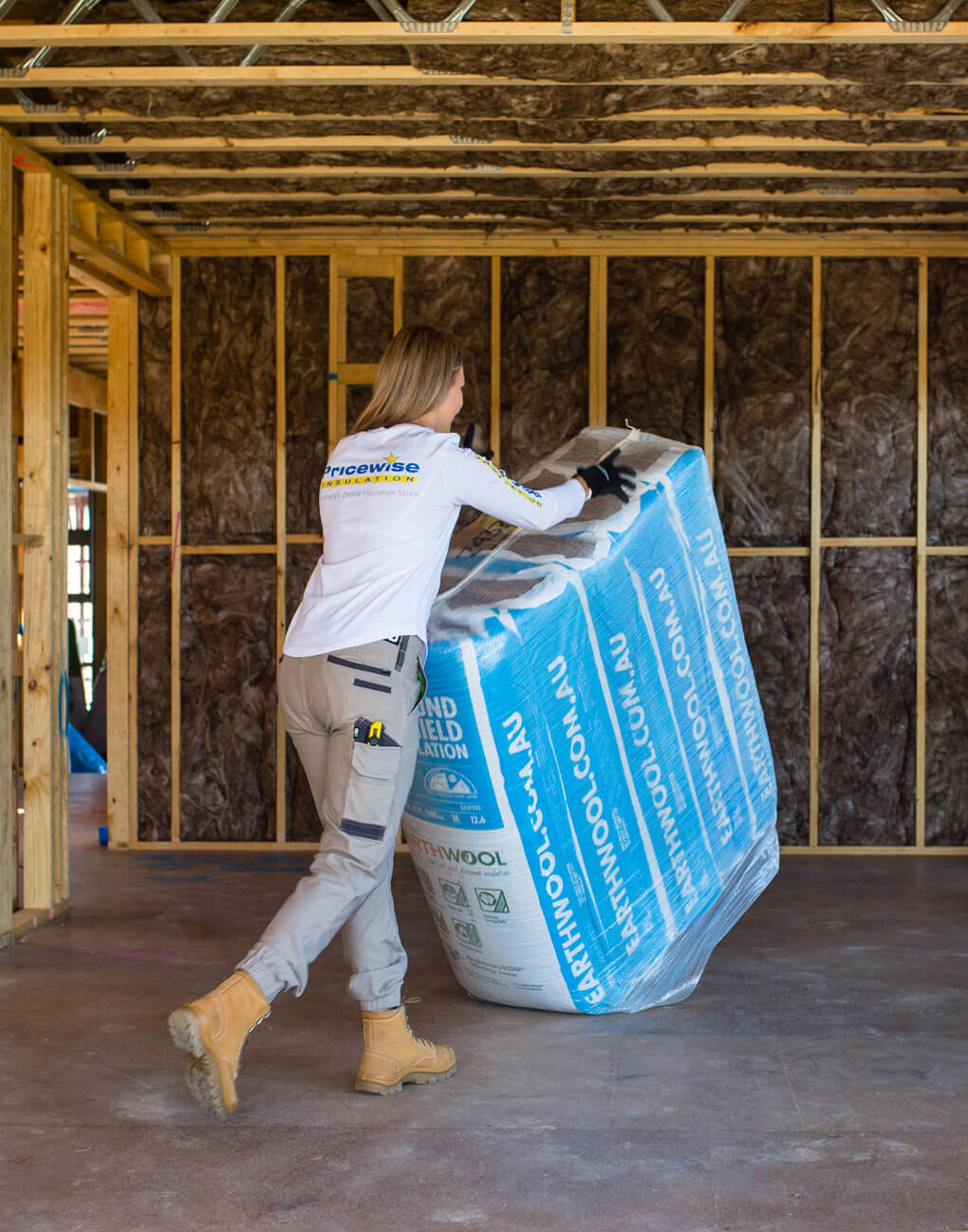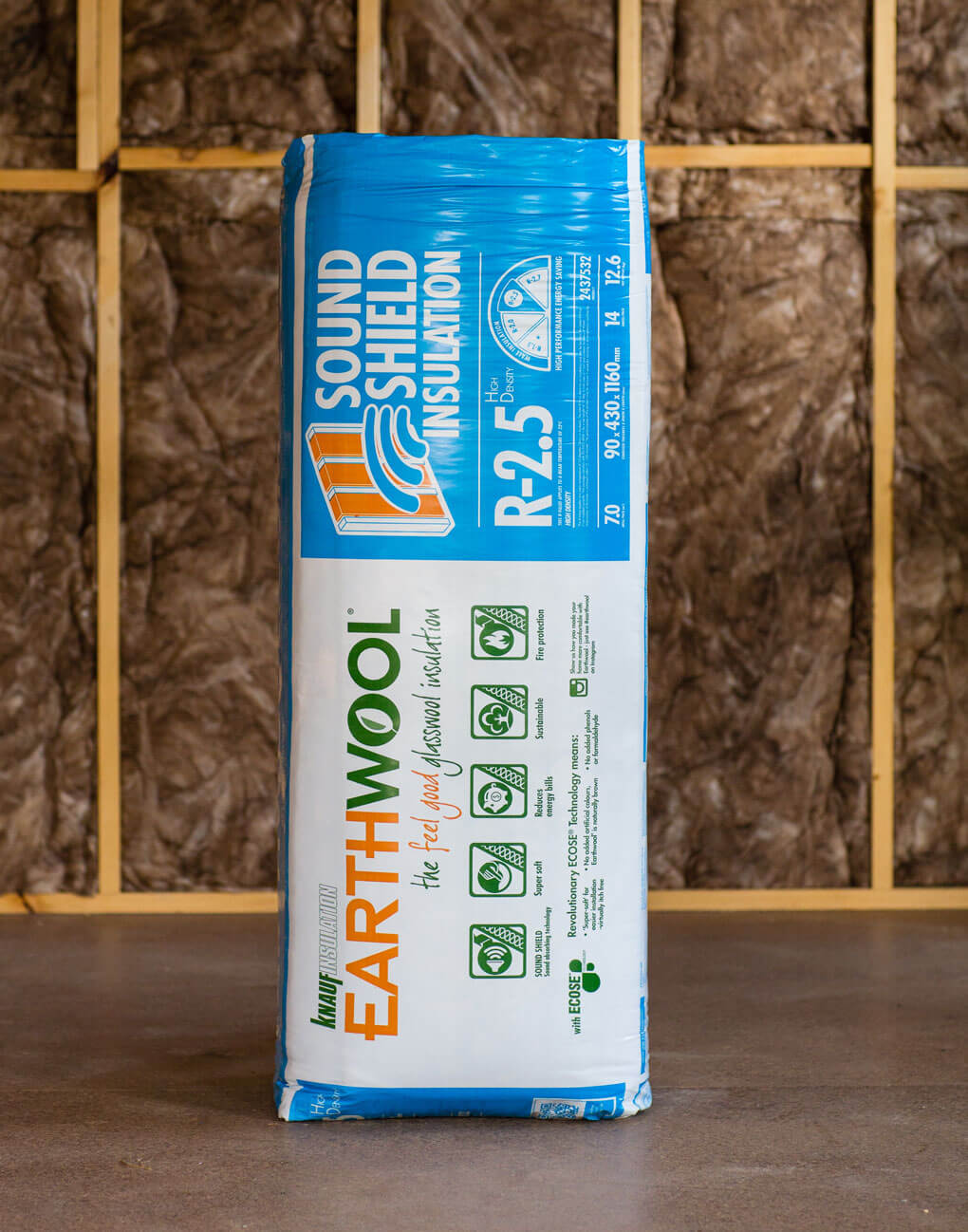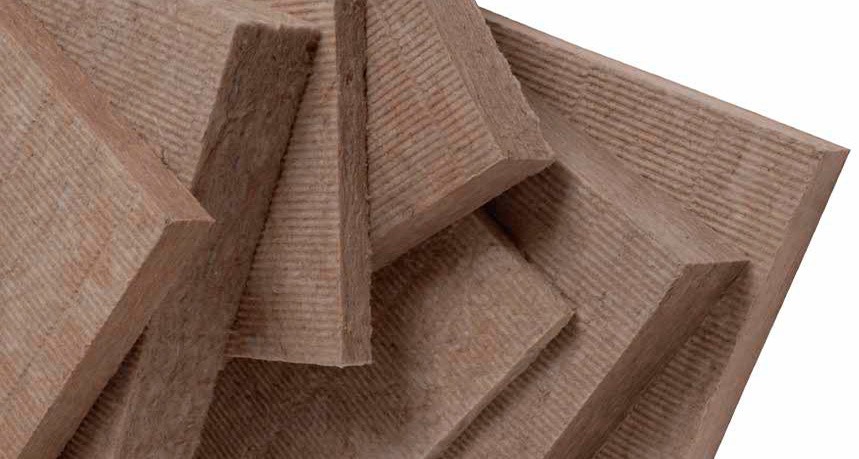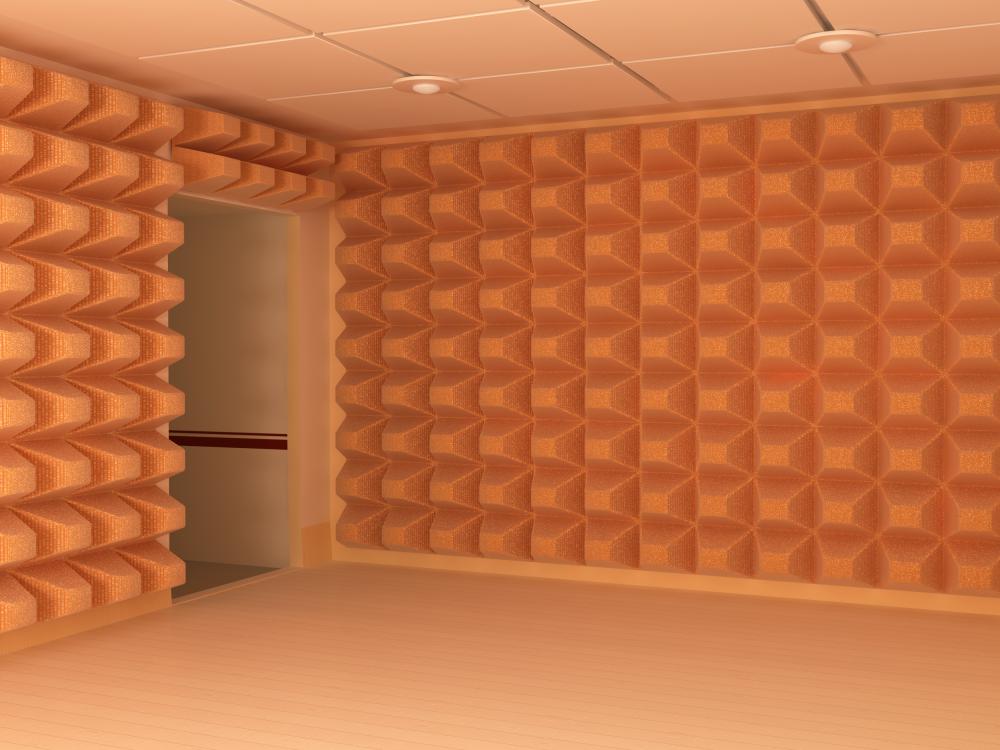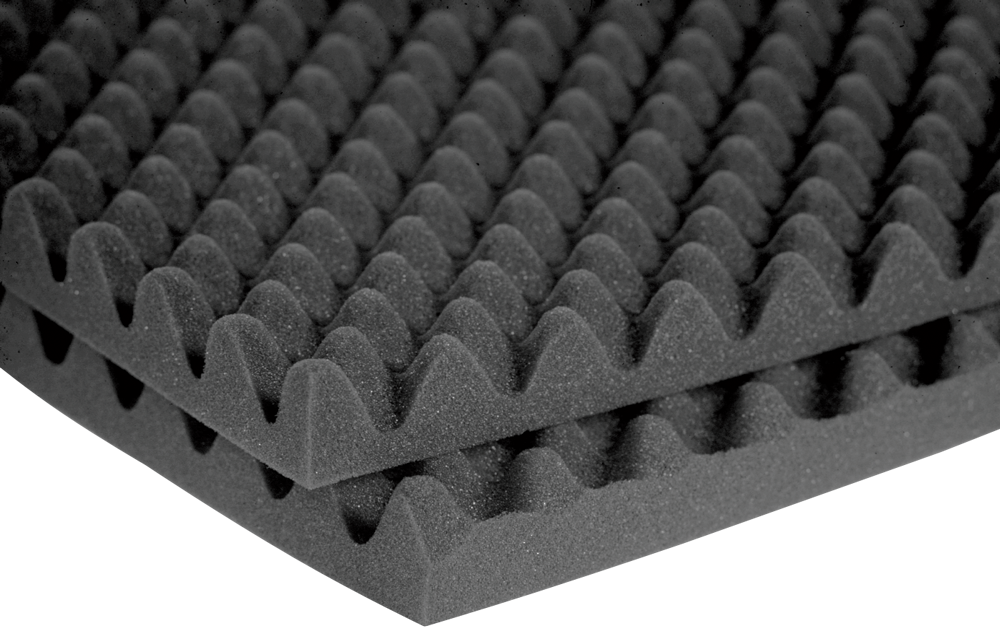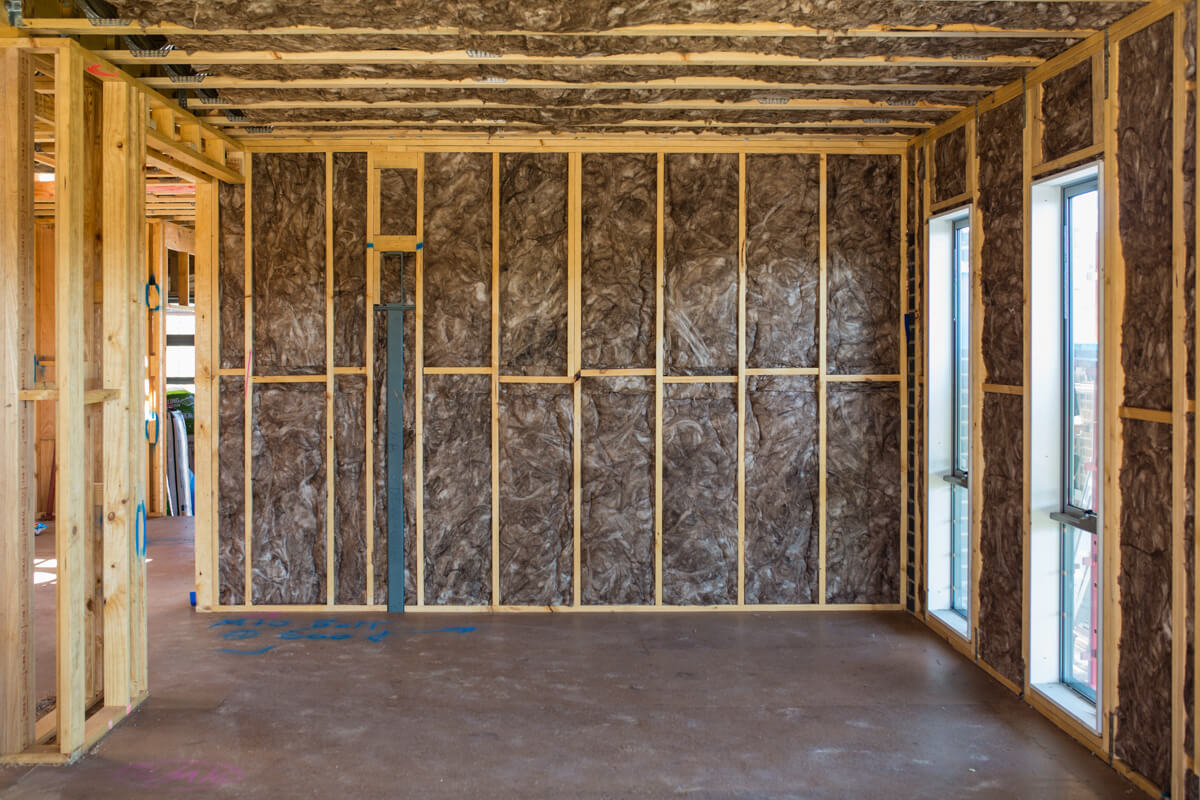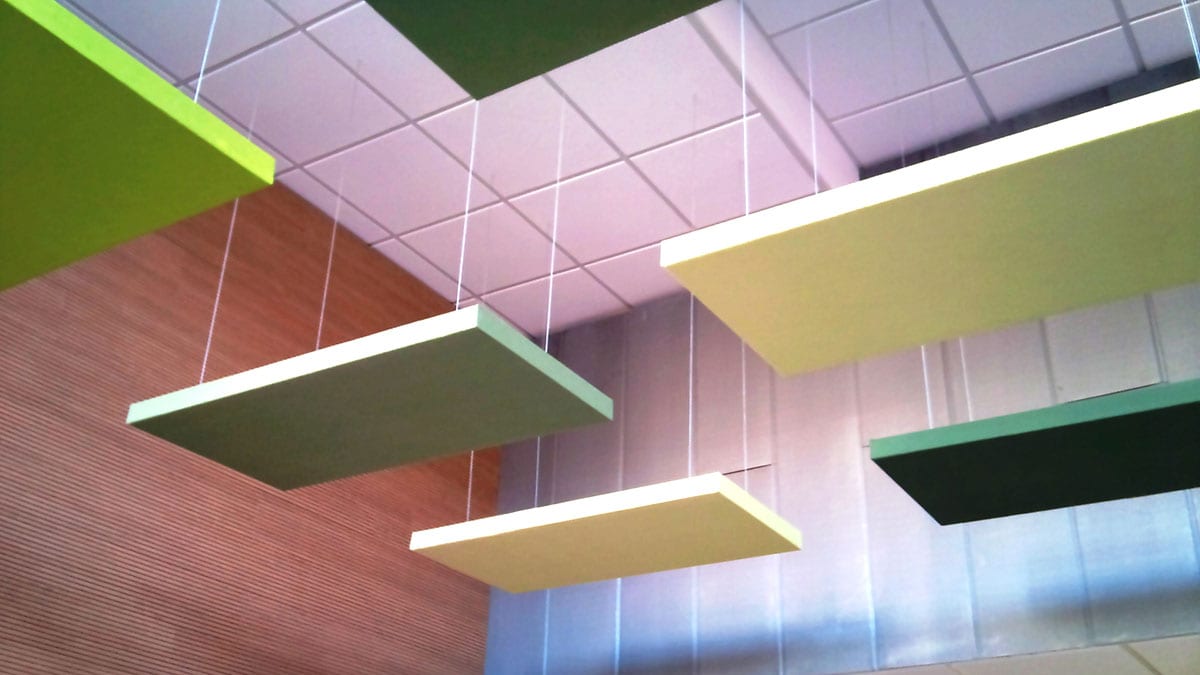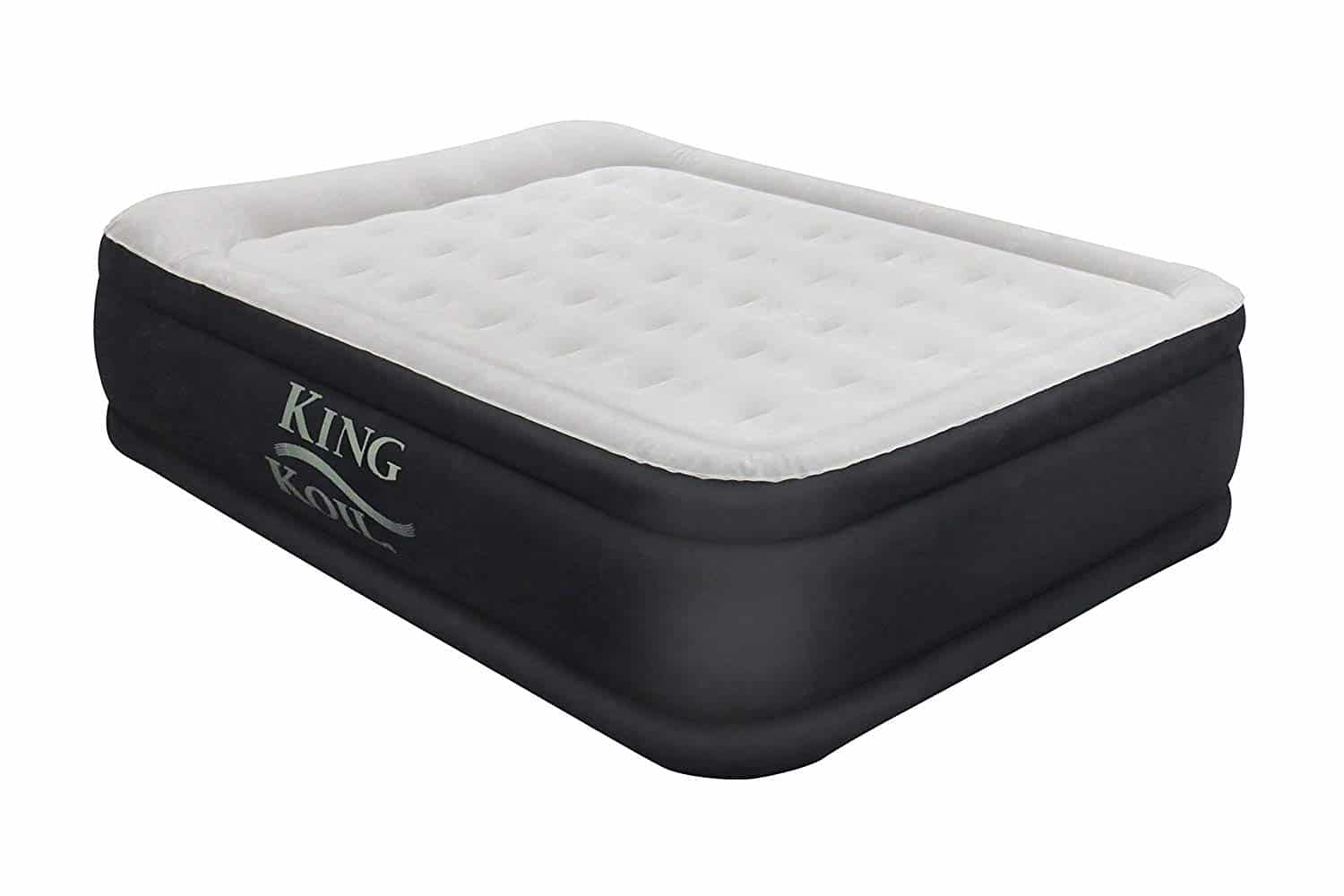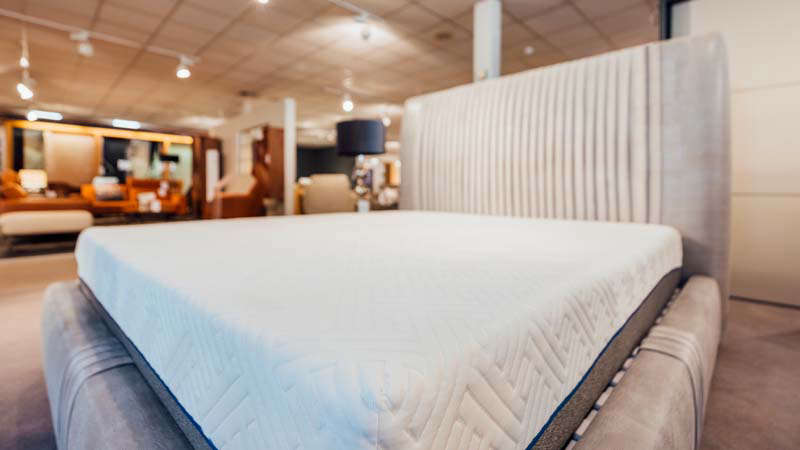Acoustic Panels
When it comes to reducing echoes in your living room, one of the most effective solutions is to install acoustic panels. These panels are designed specifically to absorb sound waves and prevent them from bouncing around the room. They come in a variety of shapes, sizes, and designs to fit seamlessly into your living room's decor. Acoustic panels can be mounted on walls, ceilings, or even as freestanding pieces of furniture, making them a versatile and customizable option for echo reduction.
Soundproofing
If you're dealing with excessive noise from outside your living room, soundproofing may be the best solution. This involves creating a barrier that blocks the sound from entering the room. Soundproofing materials can be installed in walls, floors, and ceilings to significantly reduce the amount of noise that can pass through. While soundproofing may not eliminate all echoes, it can greatly reduce their intensity, making your living room a more peaceful and quiet space.
Noise Reduction
Similar to soundproofing, noise reduction focuses on minimizing the amount of outside noise that enters the living room. This can be achieved through the use of heavy curtains, rugs, and other sound-absorbing materials. By reducing the overall noise level in the room, echoes will also be reduced. Combining noise reduction techniques with other echo reduction solutions can be an effective way to create a more tranquil living room environment.
Sound Absorption
If your living room has hard, reflective surfaces such as hardwood floors and bare walls, sound absorption may be the key to reducing echoes. This involves adding materials that can absorb sound waves, such as carpets, drapes, and upholstered furniture. These materials prevent sound from bouncing around the room, reducing the amount of echo. Sound absorption can be particularly effective in larger living rooms with high ceilings, where echoes tend to be more prominent.
Echo Absorbers
For a more targeted approach to echo reduction, echo absorbers can be used. These are small, portable devices that are designed to absorb sound waves and reduce echoes in specific areas of the room. They can be placed strategically around the living room to target problem areas and provide a more balanced sound. Echo absorbers are a great option for those who don't want to make permanent changes to their living room's design.
Acoustic Treatment
For a comprehensive solution to echo reduction, acoustic treatment may be the way to go. This involves a combination of different techniques, such as soundproofing, sound absorption, and the use of acoustic panels, to create a well-balanced acoustic environment. Acoustic treatment is often used in recording studios and home theaters to create a clear and crisp sound. In a living room setting, it can greatly reduce echoes and create a more enjoyable listening experience.
Sound Dampening
In addition to absorbing sound waves, another way to reduce echoes is by sound dampening. This involves adding materials that can block or deaden the sound, such as foam or rubber. These materials are particularly useful for reducing low-frequency sounds, which can cause booming echoes in a living room. Sound dampening can be used in conjunction with other echo reduction solutions to create a more well-rounded approach.
Acoustic Insulation
If your living room shares a wall with a noisy neighbor or a busy street, acoustic insulation can help to reduce echoes and outside noise. This involves installing special insulation materials in the walls that can absorb sound waves and prevent them from entering the room. While this may require some construction work, it can be a worthwhile investment for a peaceful and quiet living room.
Sound Deadening
Similar to sound dampening, sound deadening involves adding materials that can block or absorb sound waves. These materials are often thicker and denser than those used for sound dampening, making them more effective at reducing echoes. Sound deadening can be used on walls, floors, and ceilings to create a more soundproof environment. It can also be used in conjunction with other echo reduction solutions for maximum effect.
Echo Reduction Solutions
Ultimately, the best approach to reducing echoes in your living room will depend on your specific needs and budget. However, by combining techniques such as soundproofing, sound absorption, and acoustic treatment, you can create a more pleasant and comfortable living room environment. Echo reduction solutions come in a variety of forms, so it's important to explore your options and find the best fit for your living room.
How to Reduce Echo in Your Living Room
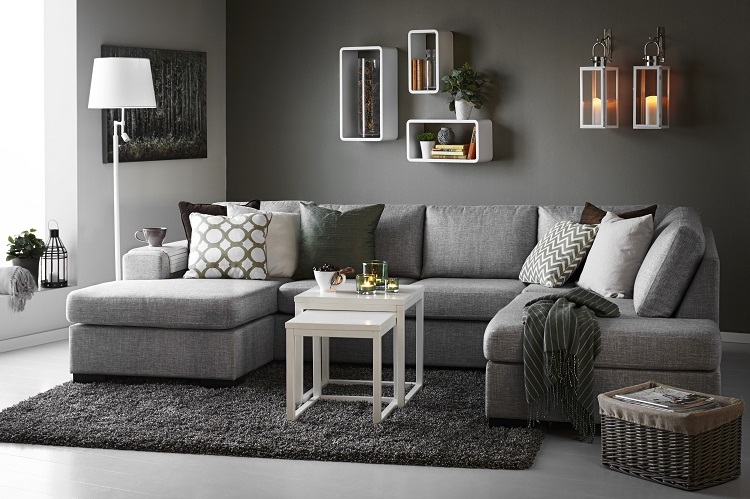
Why is Echo a Problem in Living Rooms?
 When it comes to designing a house, the living room is often considered the heart of the home. It's where families gather to relax, entertain guests, and spend quality time together. However, one common issue that homeowners face in their living rooms is excessive echo. This can be caused by hard surfaces such as tile or hardwood floors, large windows, and high ceilings. Not only can this create an unpleasant listening experience, but it can also make it difficult to have conversations or watch TV. So, how can you reduce echo in your living room and create a more comfortable and inviting space?
Here are some tips to help you get started.
When it comes to designing a house, the living room is often considered the heart of the home. It's where families gather to relax, entertain guests, and spend quality time together. However, one common issue that homeowners face in their living rooms is excessive echo. This can be caused by hard surfaces such as tile or hardwood floors, large windows, and high ceilings. Not only can this create an unpleasant listening experience, but it can also make it difficult to have conversations or watch TV. So, how can you reduce echo in your living room and create a more comfortable and inviting space?
Here are some tips to help you get started.
Use Soft Furnishings
 One of the simplest ways to reduce echo in your living room is by
strategically placing soft furnishings
such as rugs, curtains, and upholstered furniture. These items can help absorb sound waves and prevent them from bouncing around the room. A thick, plush rug on the floor can make a significant difference in reducing echo, especially if you have hard flooring. Incorporating
curtains made of heavy fabrics
can also help absorb sound, as well as
upholstered furniture
such as sofas and armchairs. Not only will these additions help reduce echo, but they can also add a cozy and inviting feel to your living room.
One of the simplest ways to reduce echo in your living room is by
strategically placing soft furnishings
such as rugs, curtains, and upholstered furniture. These items can help absorb sound waves and prevent them from bouncing around the room. A thick, plush rug on the floor can make a significant difference in reducing echo, especially if you have hard flooring. Incorporating
curtains made of heavy fabrics
can also help absorb sound, as well as
upholstered furniture
such as sofas and armchairs. Not only will these additions help reduce echo, but they can also add a cozy and inviting feel to your living room.
Add Texture to the Walls
 Another effective way to reduce echo in your living room is by adding texture to the walls. Smooth, bare walls are more likely to reflect sound waves, amplifying the echo in the room. Consider adding
textured wallpaper or wall hangings
to help absorb sound and reduce echo.
Wall panels made of materials such as cork or fabric
can also be a great option. These not only add texture to the walls but also act as sound absorbers, reducing the echo in your living room.
Another effective way to reduce echo in your living room is by adding texture to the walls. Smooth, bare walls are more likely to reflect sound waves, amplifying the echo in the room. Consider adding
textured wallpaper or wall hangings
to help absorb sound and reduce echo.
Wall panels made of materials such as cork or fabric
can also be a great option. These not only add texture to the walls but also act as sound absorbers, reducing the echo in your living room.
Invest in Acoustic Panels
 For those who are serious about reducing echo in their living room,
acoustic panels
can be a game-changer. These panels are specially designed to absorb sound waves and reduce echo in a room. They come in a variety of sizes and designs, so you can choose ones that complement your living room's decor.
Strategically placing these panels on walls and ceilings
can make a significant difference in reducing echo and creating a more pleasant listening experience.
For those who are serious about reducing echo in their living room,
acoustic panels
can be a game-changer. These panels are specially designed to absorb sound waves and reduce echo in a room. They come in a variety of sizes and designs, so you can choose ones that complement your living room's decor.
Strategically placing these panels on walls and ceilings
can make a significant difference in reducing echo and creating a more pleasant listening experience.
Consider the Layout
 The layout of your living room can also play a role in reducing echo.
Arranging furniture strategically
can help break up the sound waves and prevent them from bouncing around the room. For example, placing a bookshelf or a room divider can help absorb sound and reduce echo.
Adding a plush, upholstered chair or a bean bag
can also help absorb sound waves and make the space more comfortable.
The layout of your living room can also play a role in reducing echo.
Arranging furniture strategically
can help break up the sound waves and prevent them from bouncing around the room. For example, placing a bookshelf or a room divider can help absorb sound and reduce echo.
Adding a plush, upholstered chair or a bean bag
can also help absorb sound waves and make the space more comfortable.
Conclusion
 Reducing echo in your living room is essential for creating a comfortable and inviting space. By incorporating soft furnishings, adding texture to the walls, investing in acoustic panels, and considering the layout, you can significantly reduce echo and improve the overall ambiance of your living room. With these tips, you can enjoy a more pleasant listening experience and create a space that is perfect for relaxation and socializing.
Reducing echo in your living room is essential for creating a comfortable and inviting space. By incorporating soft furnishings, adding texture to the walls, investing in acoustic panels, and considering the layout, you can significantly reduce echo and improve the overall ambiance of your living room. With these tips, you can enjoy a more pleasant listening experience and create a space that is perfect for relaxation and socializing.




